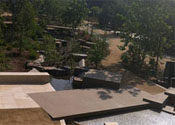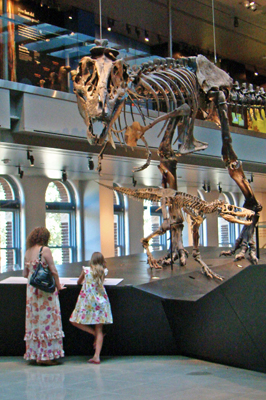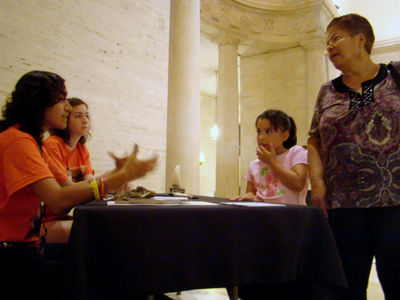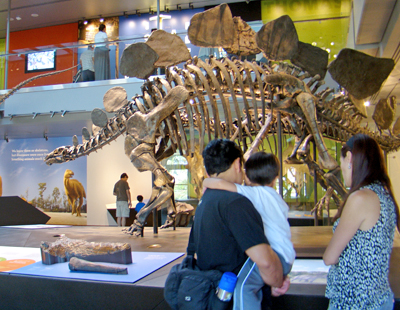The California Science Center Board of Directors could vote at its meeting June 5 to approve the latest terms of the Los Angeles Memorial Coliseum lease agreement with USC.
If approved by the Board, the agreement would give USC full managing rights at the state historical landmark and guarantee the university 70 percent of the parking spaces in the Science Center’s deck on 25 event days per year (33 if the NFL uses the stadium temporarily). It would also extend USC’s lease from 2054, the expiration date agreed upon in a December 2012 plan, to 2111 — a 98-year deal.
But opponents of the deal spoke out at public forums this week, saying that the loss of parking would take both revenue and visitors away from the California African American Museum , the California Science Center and the Natural History Museum of Los Angeles County. [Read more…]









 Listen to the audio story from Annenberg Radio News:
Listen to the audio story from Annenberg Radio News: Teething toddlers can exhaust parents, but a set of chompers on a two-year-old Tyrannosaurus rex that has just arrived to the Natural History Museum may delight parents and children starting July 16. After all, those baby teeth teeth were once capable of reaching the side of a ram’s horn – each.
Teething toddlers can exhaust parents, but a set of chompers on a two-year-old Tyrannosaurus rex that has just arrived to the Natural History Museum may delight parents and children starting July 16. After all, those baby teeth teeth were once capable of reaching the side of a ram’s horn – each. “This really is a place to learn,” said Dominguez, a New Designs Charter School student who has her eye on an archaeology program at Cornell University. “Most of us who took the dinosaur training have been really excited to study more and learn all the facts we can.”
“This really is a place to learn,” said Dominguez, a New Designs Charter School student who has her eye on an archaeology program at Cornell University. “Most of us who took the dinosaur training have been really excited to study more and learn all the facts we can.” Museum members and educators received a sneak preview this week and many slowed to a halt in awe upon entering the epic hall.
Museum members and educators received a sneak preview this week and many slowed to a halt in awe upon entering the epic hall.




